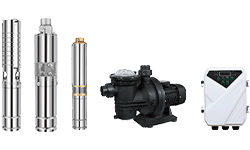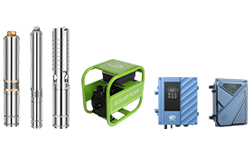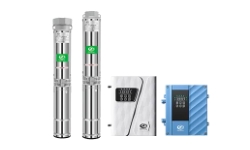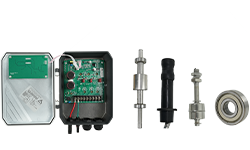What is the difference in Screw Solar pumps and centrifugal solar pumps?

The gist of the response is that a centrifugal solar pump would circulate water at a lower pressure but a bigger volume. Screw solar pumps, however, would provide less water flow but at a higher pressure. The primary distinction is in how fluid is moved: screw solar pumps push water using a helical rotor, while centrifugal solar pumps use an impeller to move water.
Centrifugal pumps have been the standard option for many pumping applications over the years since they were the most advanced technology at the time. Centrifugal pumps are the best choice for situations involving the transfer of higher water volumes because they use an accelerated impeller rotation pumping mechanism.
Screw solar pumps may be a more dependable and effective alternative to centrifugal pumps thanks to recent technological advancements. The helical rotor can pump fluid at a fixed pace more effectively and reliably, although pushing out a somewhat lower amount of water.
Centrifugal pumps can move bigger volumes of fluid, but they need a specific amount of solar energy to begin moving water. As a result, low sunlight hours like early morning or late afternoon might not supply enough energy to run the centrifugal pump. Screw pumps, on the other hand, use less solar energy to run, allowing the pump to start earlier in the morning and run longer into the evening. In other words, screw pumps would function for longer hours each day since they need less solar energy than centrifugal pumps.
The centrifugal pump's ability to function till the end of its useful life with little maintenance is one of its benefits. In contrast, a screw pump's rotor needs to be replaced after it wears out after a prolonged period of operation in order to retain good performance. In addition to the spare rotor that comes with every screw pump package for replacement, extra stator set can also be purchased from Difful solar pump website.
E-mail:sales08@diffulpump.com
Tel/WhatsApp:+86 15058288607



















